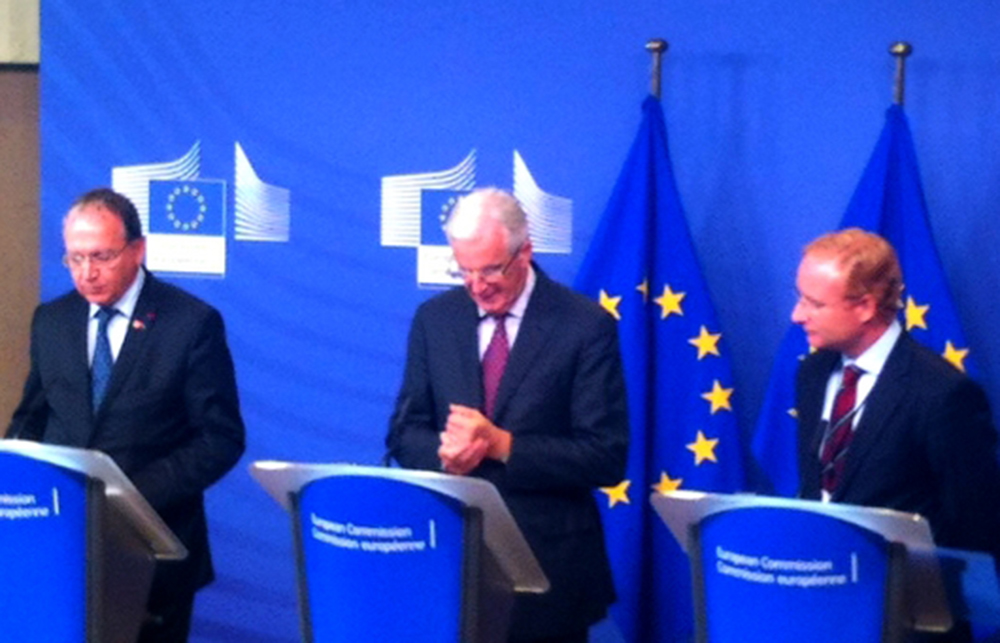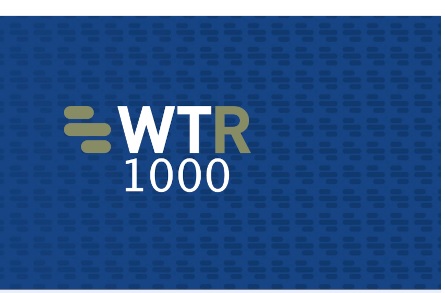… Trillions! Just over 4.7 trillion euro, to be precise.
Policy makers and stakeholders frequently talk about the importance of creativity and innovation, and the added value that intellectual property brings to the economy. Now we have concrete facts and figures that demonstrate how much IP actually contributes to the economy of the European Union (EU).
On September 30, 2013, Michel Barnier, the European Commissioner for the Internal Market and Services, together with Benoît Battistelli, President of the European Patent Office (EPO), and António Campinos, President of the Office for Harmonization for the Internal Market (OHIM), presented the study entitled Intellectual Property Rights intensive industries: contribution to economic performance and employment in the European Union. The study was a joint effort between OHIM (acting through the European Observatory on Infringements of Intellectual Property Rights [IPRs]) and the EPO and mirrors a 2012 study conducted by the Economics and Statistics Administration and the United States Patent and Trademark Office (USPTO).
Covering the years 2008 to 2010, the EU study focuses on the five major IPRs (trademarks, designs, patents, copyrights and geographical indications), identifies industries that are considered “IP-intensive” and measures the impact of these industries on the economy of the EU. Some key findings from the study include:
- About 50 percent of EU industries are IPR-intensive.
- IPR-intensive industries account directly for 26 percent of all jobs in the EU—around 56 million direct jobs. With the addition of 20 million indirect jobs, 1 in 3 of all EU jobs rely on IPR-intensive industries.
- These industries generated almost 39 percent of total economic activity (GDP) in the EU, worth 4.7 trillion euro.
- IPR-intensive industries pay higher remuneration than do non-IPR intensive industries, with a wage premium of more than 40 percent. The average weekly remuneration in IPR-intensive industries is €715, compared with €507 in non-IPR-intensive industries.
- IPR-intensive industries account for 90 percent of the EU’s trade with the rest of the world.
Furthermore, EU industries that are considered “trademark-intensive” directly account for the most number of jobs among the IPR-intensive industries, with more than 45 million jobs generated—that is, 20.8 percent of total employment in the EU. Trademark-intensive industries also account for more than 4.1 trillion euro in GDP added value, and their share of total EU GDP is 33.9 percent (more than any other IPR).
Presenting the study, Commissioner Barnier commented on how the results could eventually feed into policy initiatives, such as the EU’s new industrial policy or free trade negotiations with the United States (the so-called TTIP—Transatlantic Trade and Investment Partnership). President Battistelli said that the findings should help small and medium-sized enterprises (SMEs) understand the importance of investing in research and development, and of using IP. President Campinos reminded audience members that this study is part of the Observatory’s mandate to gather evidence-based data and that a study on IP perception by EU citizens will follow. Commissioner Barnier added that this research is intended to help us “understand before we act.”
In this press release INTA welcomed the results of the study and congratulate the Commission, OHIM and the EPO for this remarkable report. INTA CEO Etienne Sanz de Acedo talked about the need to use this study to raise public awareness of the importance of IP and encouraged other countries and regions to conduct similar research.

From left to right: Benoît Battistelli, President of the EPO; Michel Barnier, European Commissioner for Internal Market and Services; Antonio Campinos, President of OHIM
Author: Milesh S. Gordhandas
Milesh S. Gordhandas is Coordinator – Europe Representative Office at the International Trademark Association (INTA) in Brussels, Belgium.





